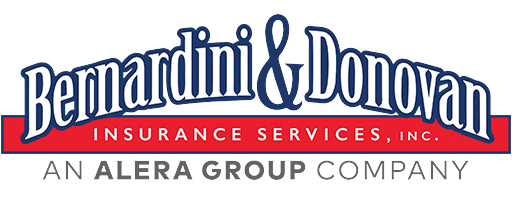Preview: Let’s take a look at 3 popular myths about US. health insurance that might take you by surprise.
 Here are some topics of conversation (aka “myths”) we’ve heard people discuss about health insurance in America that need major clarification:
Here are some topics of conversation (aka “myths”) we’ve heard people discuss about health insurance in America that need major clarification:
-
The relationship with age and health insurance
- Is Canada better than the U.S. when it comes to health insurance?
- Outrageous out-of-pocket costs on top of premiums
Health insurance myth 1: Young and healthy individuals do not need health insurance
After the 2020 pandemic, this myth has likely deceased; however, we’re aware that conversations about health insurance often included this notion.
Research shows that people between 18 and 34 tend to be at their healthiest. So we’re not surprised that those in their early or mid-20s usually do not require much medical attention However, since many in this age bracket feel that they tend to “not need” medical attention, that also means that many feel they do not need to buy health insurance. But this is not true.
Young and healthy individuals can become sick. As we mentioned earlier, after the COVID-19 outbreak, many young people fell sick due to the virus and had to be hospitalized. For those who didn’t feel that they “needed” health insurance, this often meant that they would have to pay out-of-pocket.
Even if one isn’t sick or does haven’t signs of preexisting illnesses, buying health insurance early — before one develops any illness — ensures that there isn’t a waiting period. In case of any pre-existing illnesses, there is a waiting period of two to three years in health insurance for such diseases. During that period, if the policyholder is admitted to the hospital due to any ailment related to that disease, it won’t be covered by the health insurance company.
The rundown: Age shouldn’t and doesn’t determine whether a person should buy health insurance.
Related article(s): 6 Health Insurance Myths Busted
Health insurance myth 2: Canada has a better health care system than the U.S.
And so the debate rages on, and with good reason. Many people in the U.S. believe Canada’s healthcare system is superior to the U.S. for various reasons (lower costs, more services, universal access to health care without financial barriers, and superior health status). So, we completely understand this debate.
However, there’s a limit on what you can get with the Canadian healthcare system. Matt Tassey, a spokesman for LIFE, says, “Universal health care isn’t better; it’s just different.” Tassey many Canadians have come to the U.S. for care because they can actually get it. There is no rationing (in America) of any sort, so they can just write a check.
Americans may complain about the high cost of health care in the U.S., but there are two sides to every situation. In this case, Canadian healthcare isn’t necessarily “better.” Especially if Canadians have come here to the U.S. to receive various treatments.
Related article(s): 7 Health Insurance Myths Debunked
Health insurance myth 3: I will have to pay huge amounts out of pocket
We can’t deny that when it comes to health insurance, many people have to pay more than just their premiums. Some of these additional costs include the following:
-
A deductible. This is the amount that you must pay out-of-pocket before your health insurance pays for services. This amount resets each year.
-
A copayment. This is a flat fee that you pay each time you go to the doctor or fill a prescription and is usually printed right on your insurance card.
-
Co-insurance. Coinsurance is your share of costs for healthcare services and is generally figured as a percentage. Coinsurance usually kicks in once you’ve met your deductible.
For the 2021 plan year: The out-of-pocket limit for a Marketplace plan can’t be more than $8,550 for an individual and $17,100 for a family. The good thing is that there is a cap that’s placed on out-of-pocket costs for marketplace plans.
Once your out-of-pocket maximum is reached, your insurer has to pay the rest. For most people, $8.550 or $17,100 is a huge amount. However, if you think of what your costs would be without healthcare coverage, those amounts are pretty tame.
For example, the average cost for each death in a motor vehicle accident is $1,130,000. Meanwhile, the average cost for each nonfatal disabling injury is $61,600. Of course, this is a generalized statement (costs vary from state-to-state and with other factors included).
Nonetheless, there’s no denying that the cost of an accident is a lot. As such, most folks would choose the out-of-pocket maximum amounts over accident figures any day!
Related article(s): Top 5 Health Insurance Myths


